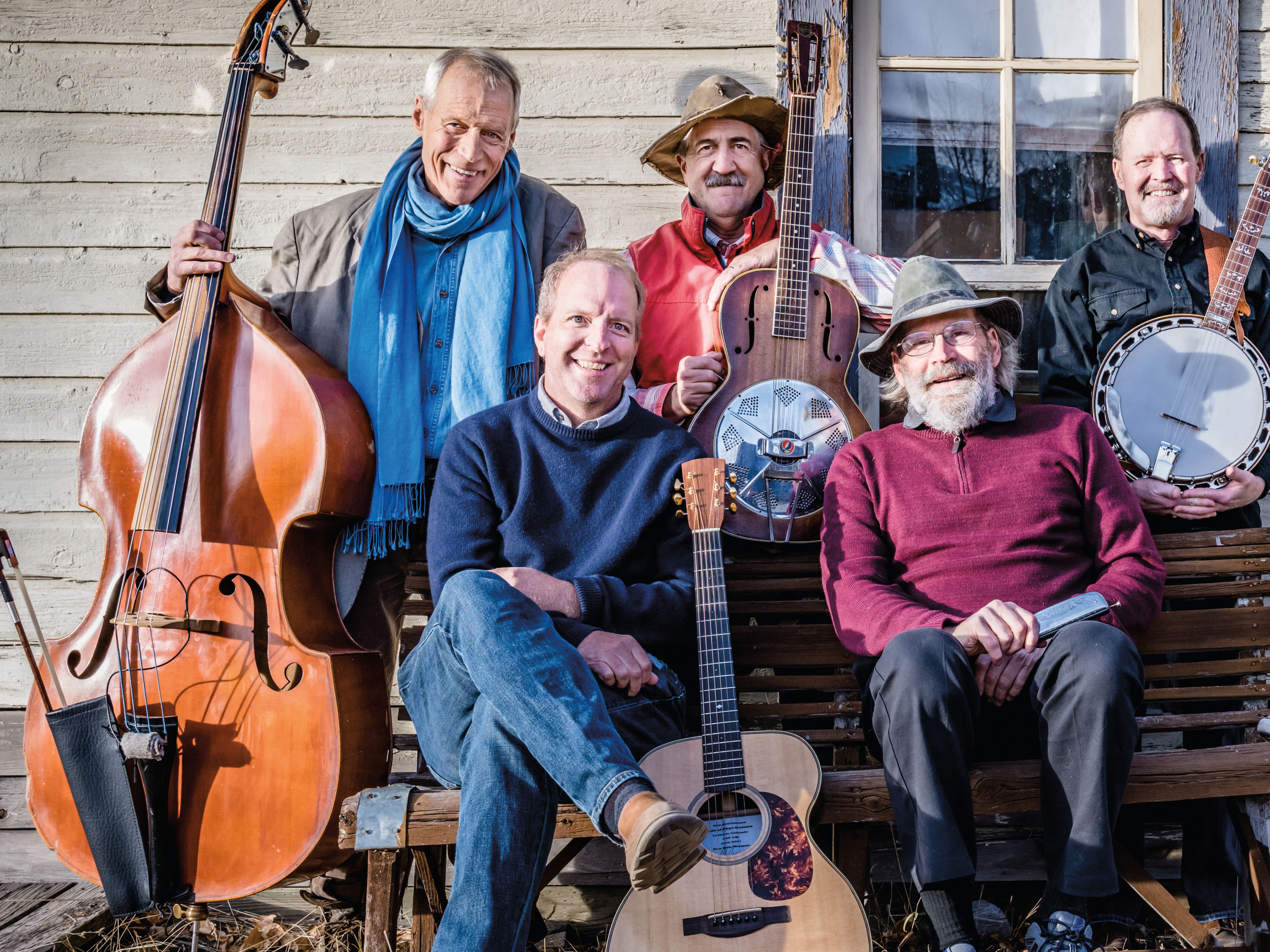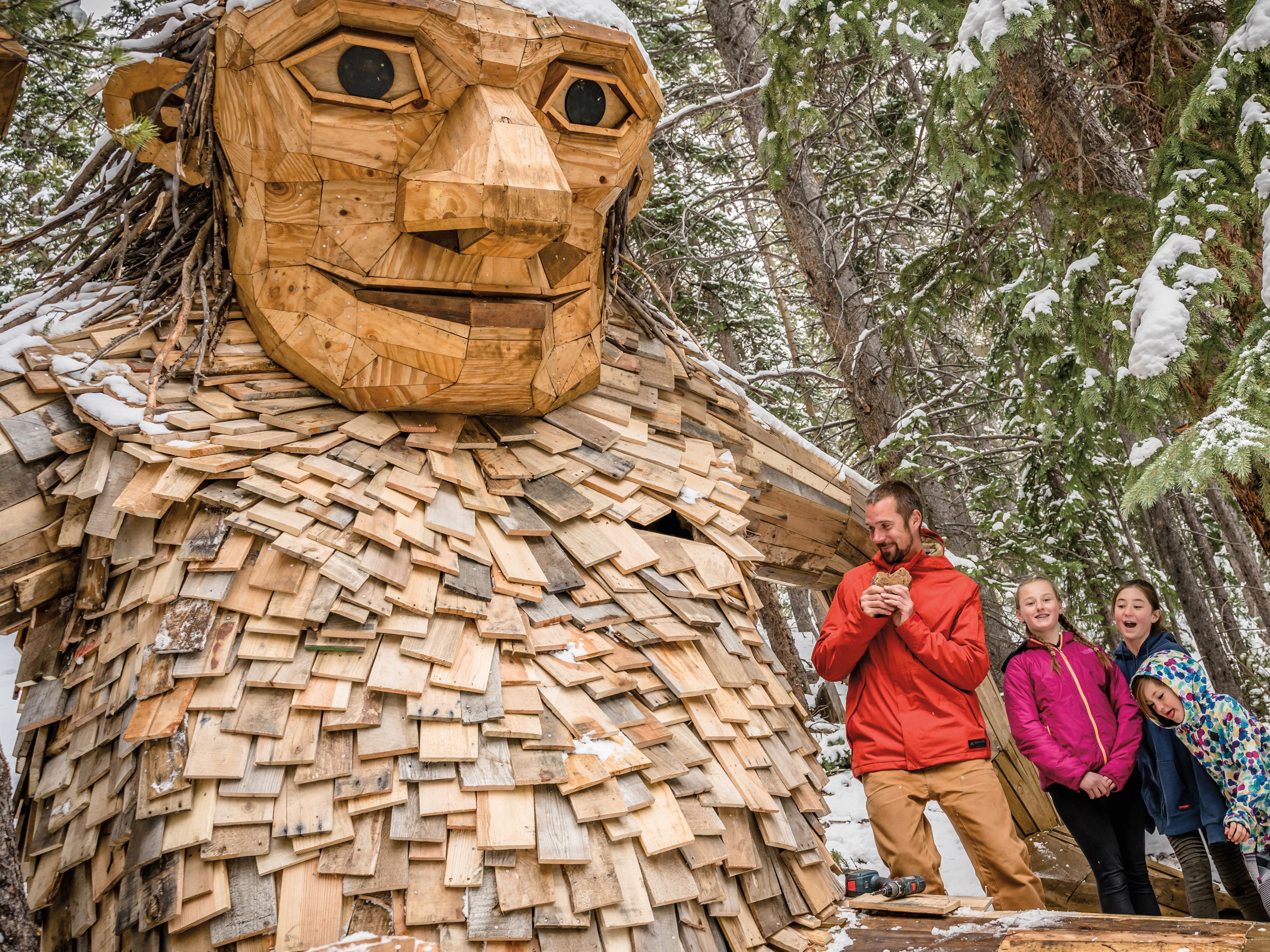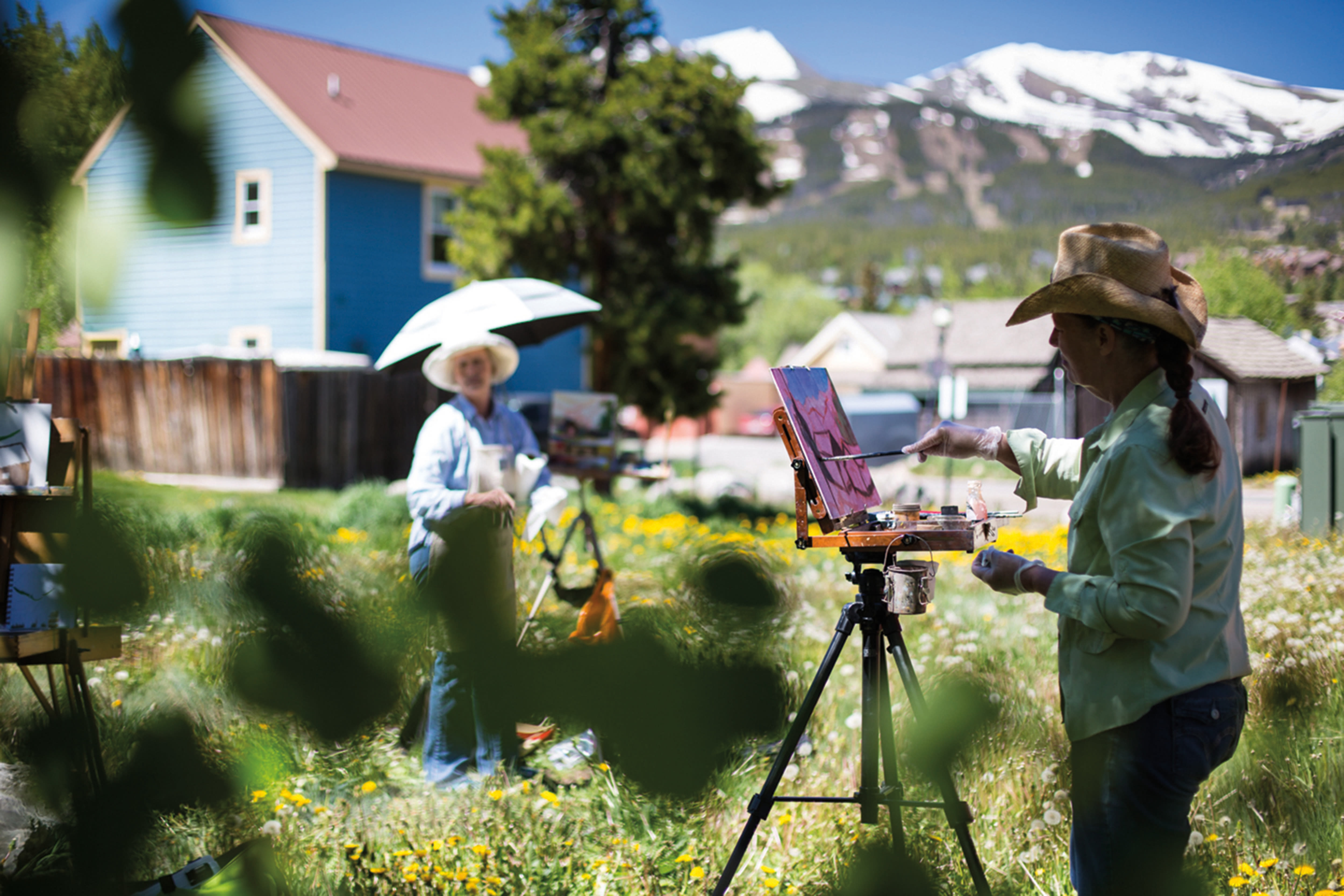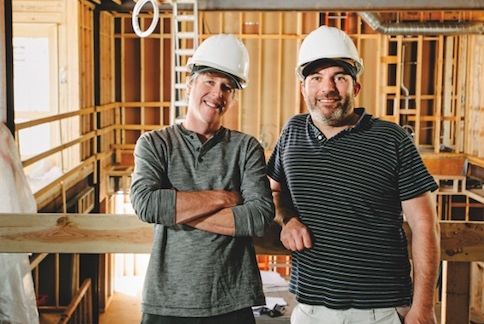Person of Interest
Dr. Does a Lot
From rescuing animals orphaned during natural disasters to helping manage arthritic dogs’ chronic pain, a Frisco vet gives suffering pets a new leash on life.
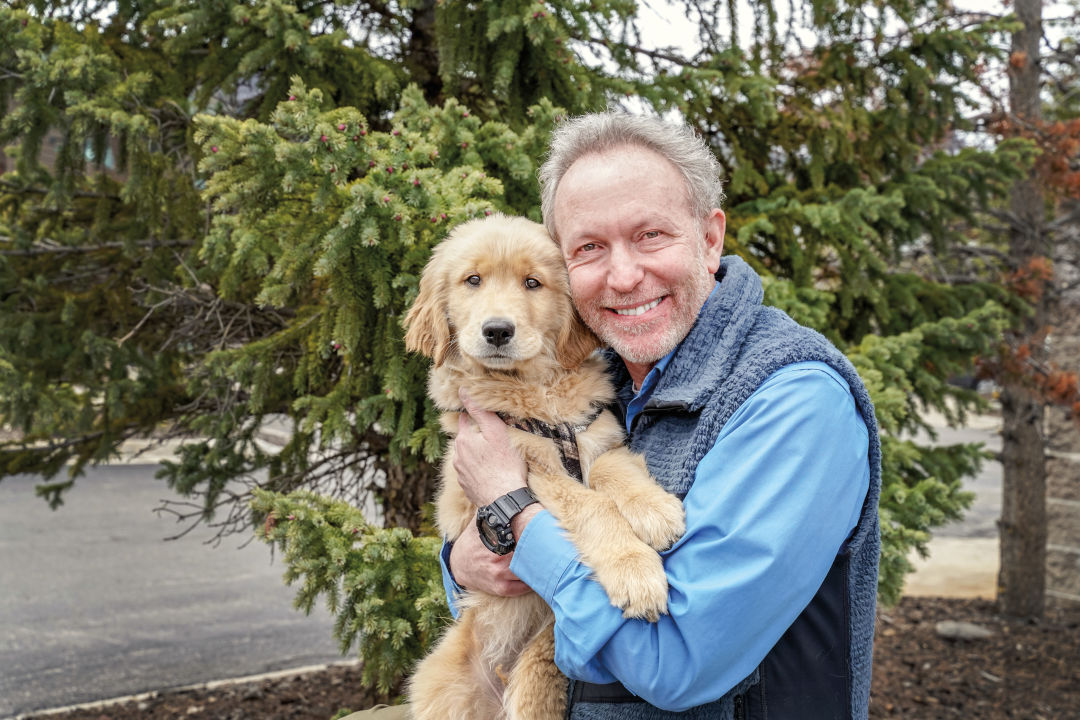
Image: Jenise Jensen
Jamie Gaynor’s career was set when he was 6. “My mother determined that I should be a veterinarian based on some sort of cat picture that I drew,” he chuckles. Gaynor resisted for as long as possible. After graduating from Colorado College, he worked as a wildlife biologist in Grand Teton National Park. But living in a tent quickly got old, so he succumbed to destiny and became a vet, specializing in anesthesiology. Now 57, Gaynor lives in Blue River and runs Peak Performance Veterinary Group out of the Frisco Animal Hospital. He also is one of the country’s leading regenerative medicine providers for pets, using stem-cell therapy to alleviate chronic pain—often from arthritis—in dogs and cats (his motto: “Giving pets a new leash on life”).
In his spare time, Gaynor works as a Copper Mountain ski patroller and helps lead the National Veterinary Response Team, overseeing animal care for up to 300 Secret Service dogs and 50 mounted horses at events like the Super Bowl and UN General Assembly, as well as coordinating FEMA’s rescue and care of animals orphaned during natural disasters. Here, Gaynor explains why pets love a painkiller, why Labrador retrievers are the best patients, and why there’s no such thing as luck.
Early in my career, I joined the faculty at Colorado State, which is typically rated one of the top two veterinary schools in the country. I became head of anesthesia and pain management and also developed this great interest in chronic pain, which was a new focus in veterinary medicine. I was like, wow, there are a lot of suffering animals out there, and nobody knows how to treat them.
The university wasn’t supportive of starting a chronic pain center, so I left in 2003 and started my own practice. Soon after that I met Bob Harman, who’d pioneered regenerative medicine in horses. We did a handful of early studies in dogs, and I’ve been doing stem-cell therapy ever since.
If you or a dog ruptures your Achilles tendon and someone sutures it together, it just scars. So it’s not as elastic or as strong. But if we inject it soon after someone sutures it together, it will truly regenerate instead of just scar. So you get normal strength and elasticity, instead of impaired function.
My clients bring animals from all over the country. This past year an owner brought two dogs from Bend, Oregon, and someone else brought two dogs from Charlotte, North Carolina. Dogs love coming to see me. All I do is make them feel better.
I call cats the poor orphan species, because 90 percent of them over 10 years of age have radiographic appearance of arthritis. But only about 5 percent of them get treated.
I have five dogs—including a lab–border collie mix that I rescued from Hurricane Katrina, when I worked for FEMA for five weeks—as well as a bearded dragon and about 15 fish: South American cichlids. They’re really territorial. You have to put them in the tank really strategically; otherwise one will kill another.
The most cooperative dog breed is a Labrador retriever. I think they innately want to please. Golden retrievers are close, and I used to breed them, but even as adults they’re like, let’s see if we can break the rules. Whereas labs are like, just tell me what you need me to do to make you happy. And I’ll wag my tail.
Dogs are no different from people. If you hurt, you’re going to change your behavior and activity, like start walking up the stairs differently if your knee is sore. So we need dog owners who recognize changes in behavior and activity.
I don’t believe in good luck. I believe that luck comes to those who work hard and are prepared. People say, “Oh, you’re so lucky that you live in Summit County.” But it didn’t just happen. I worked hard so that I could be here.



















